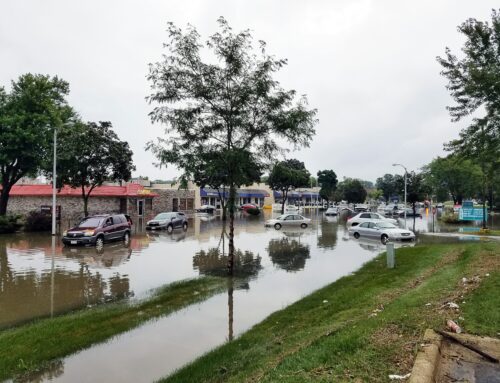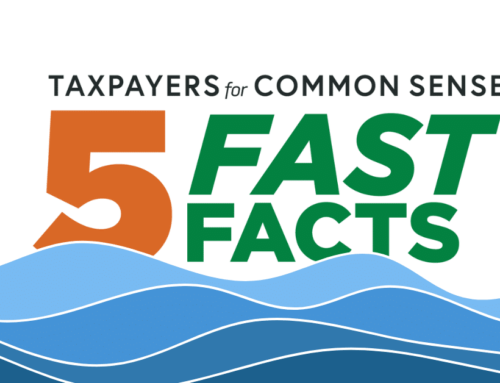Since its inception about three decades ago, Amtrak, our national passenger rail service has been on its financial deathbed, surviving only with the assistance of last minute infusions of greenbacks from Congress. No doubt exists about the fact that Amtrak is in financial trouble. In 2001, the railroad lost $1.3 billion and in 2002, it lost $1.15 billion.
Aside from everyone's opinions on national passenger rail, we all need to be honest with ourselves about why Amtrak continues to face financial trouble. From day one, our Amtrak policies have been based on the naïve vision that the railway could in the immediate future achieve a profit rather than remaining dependant on annual federal spending. While it's true that railway passenger revenues have never covered costs, they don't for airlines or buses either.
There is also a widespread belief that intercity passenger rail service is thriving in other countries, which leads to the assumption that there is something fundamentally wrong with Amtrak that keeps it from being equally successful. That is a misperception. Passenger rail ridership has declined in every industrialized country during this century. Passenger rail service is more widely available in European countries and Japan because their governments have supported it at a level far beyond that provided by the United States; in those countries, passenger rail service is perceived to be in the public interest.
In the next few weeks, the Bush administration is supposed to submit to Congress its plan for restructuring Amtrak. Amtrak officials say that they need $1.8 billion from Congress this year — double the President's request — to pay for operations and $8.2 billion will be needed over the next five years.
Although the Bush administration hasn't disclosed the details of the restructuring plan, one message will be clear: If Amtrak wants more federal dollars, they are going to have to change the way they do business and the biggest bull's eye is likely to be painted on Amtrak's unprofitable routes.
There are 17 long-distance routes that lose anywhere between $124 and $550 per passenger. For example, for every passenger who rode the Sunset Limited from LA to Orlando, Amtrak lost $284. For years there have been attempts to sunset this route out of existence, but over the course of its 2,768-mile route, this train travels through more congressional districts than just about any other train. Other big losers include the train that runs to Big Mountain ski resort in Montana, which lost more than $45.4 million in 2002, and the Cardinal route, which loses $124 for every passenger it carries from Washington, DC to Chicago.
On the other hand, Amtrak routes between cities that are fairly close together, like the Boston-Washington route and the proposed San Francisco-L.A. route are smart transportation investments. Not only can they make money, they get cars off the roads in some of the nation's most traffic-clogged highways.
With our national rail system running on empty, Congress and the administration have the opportunity to offer Amtrak a timetable to financial solvency. There are many legitimate reform proposals for Amtrak. Let's review and implement every reform based on its merits. Let's start by cutting routes that lose more money than Bill Bennett in Las Vegas. But, let's definitely make sure that our nation continues its important commitment to national passenger rail, just at a cheaper cost to taxpayers.
Let's not derail Amtrak, let's pull them up by their financial bootstraps.











Get Social